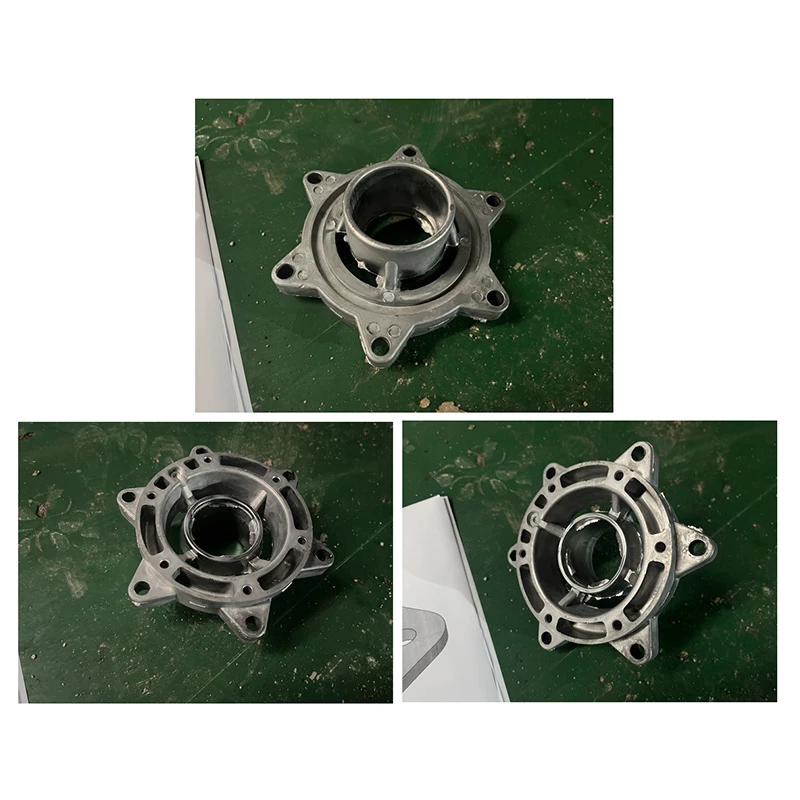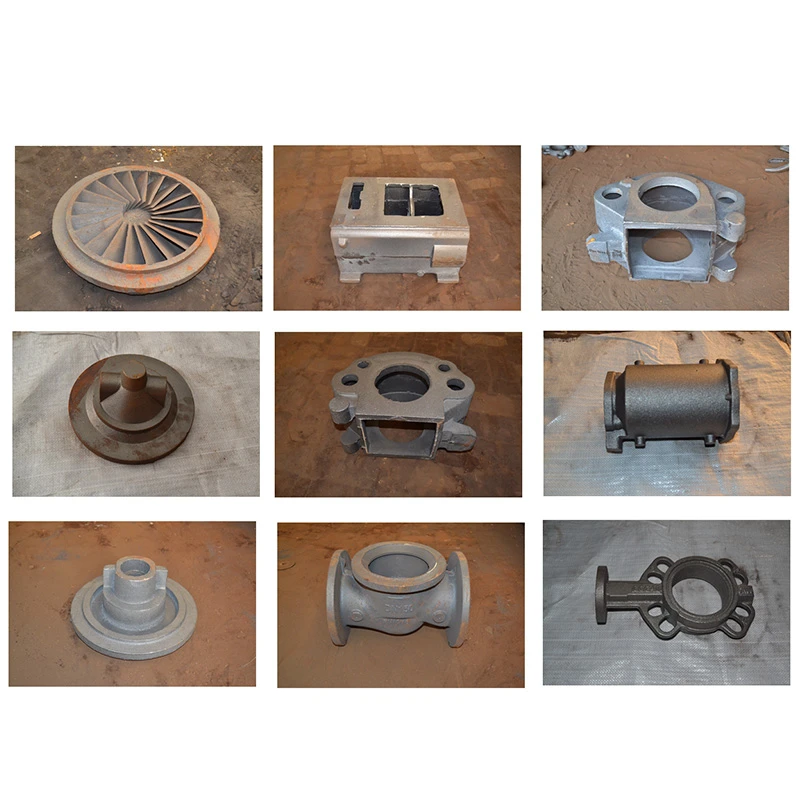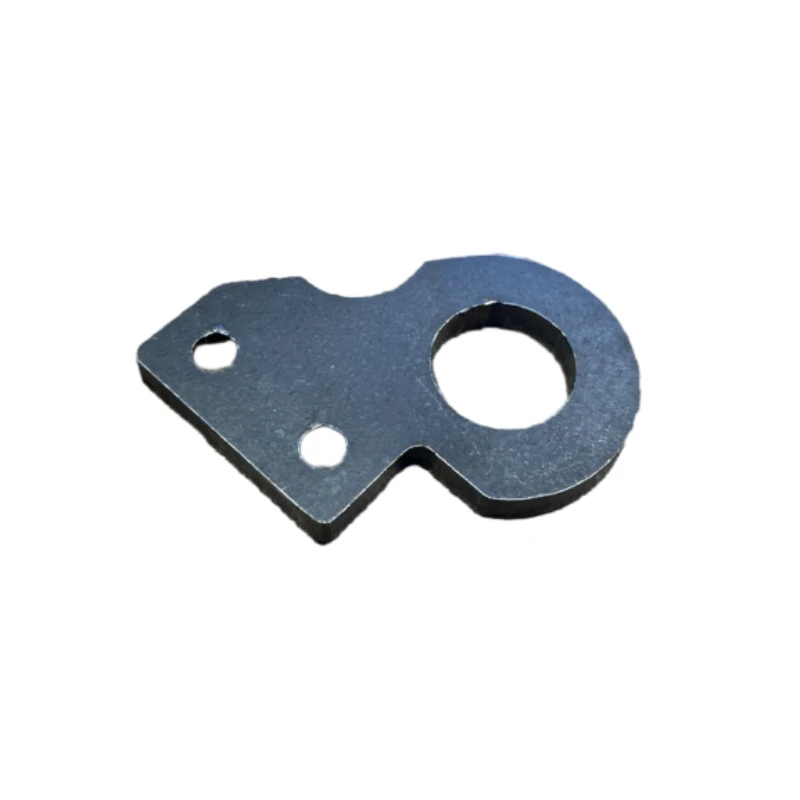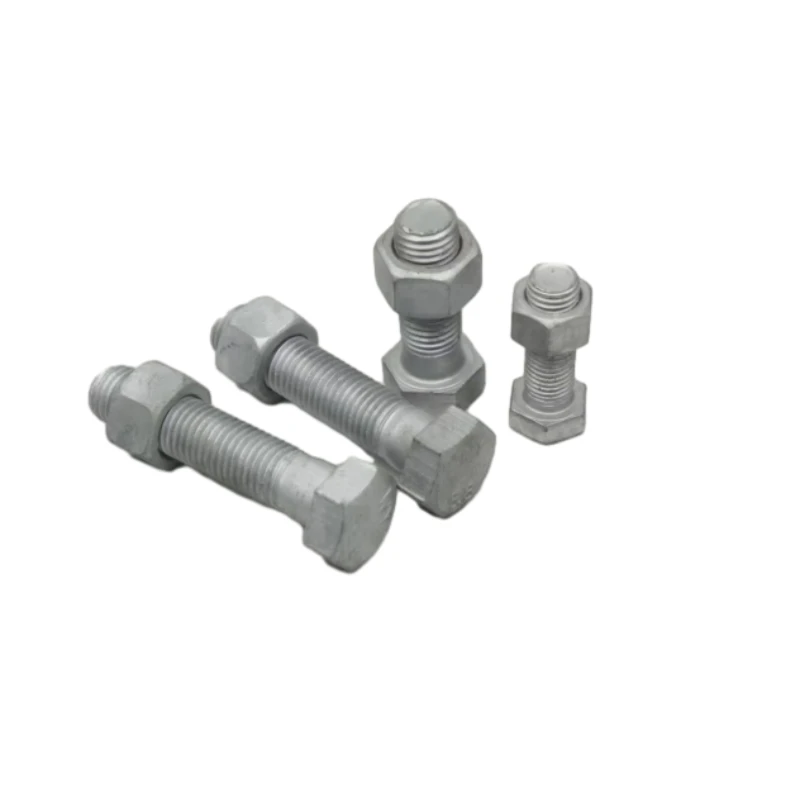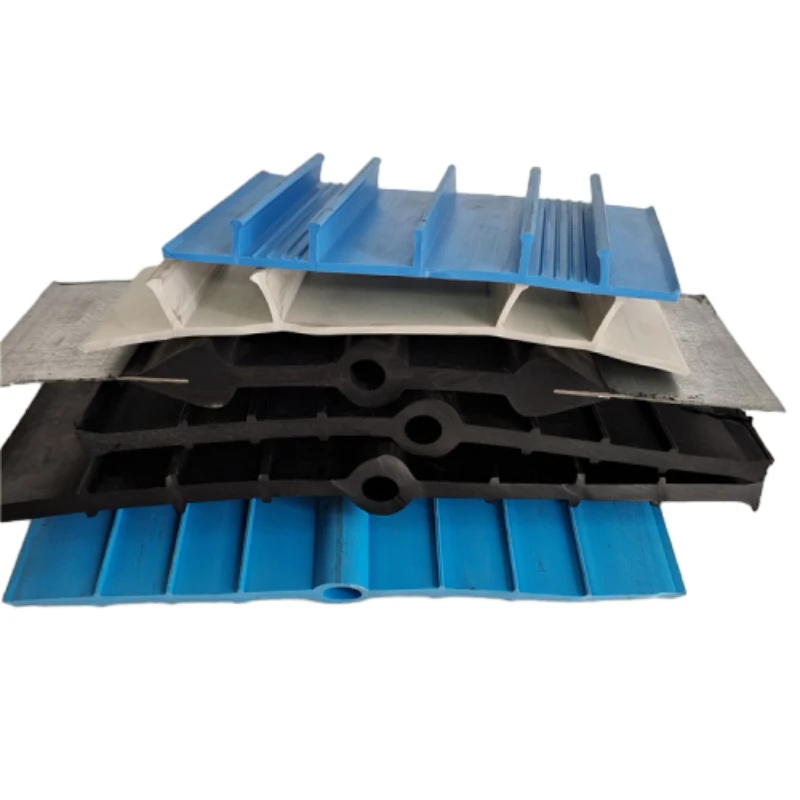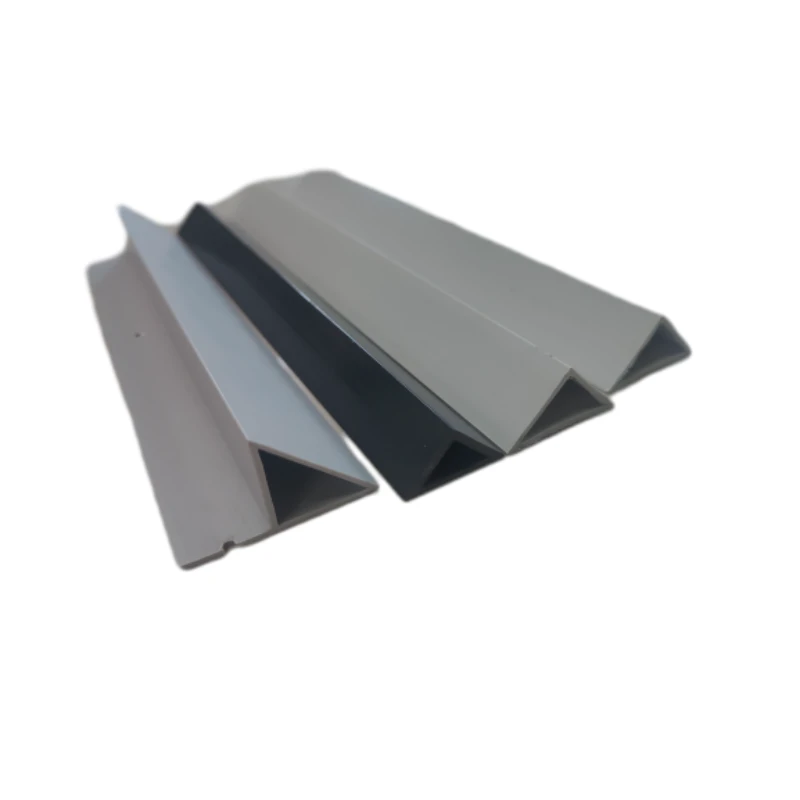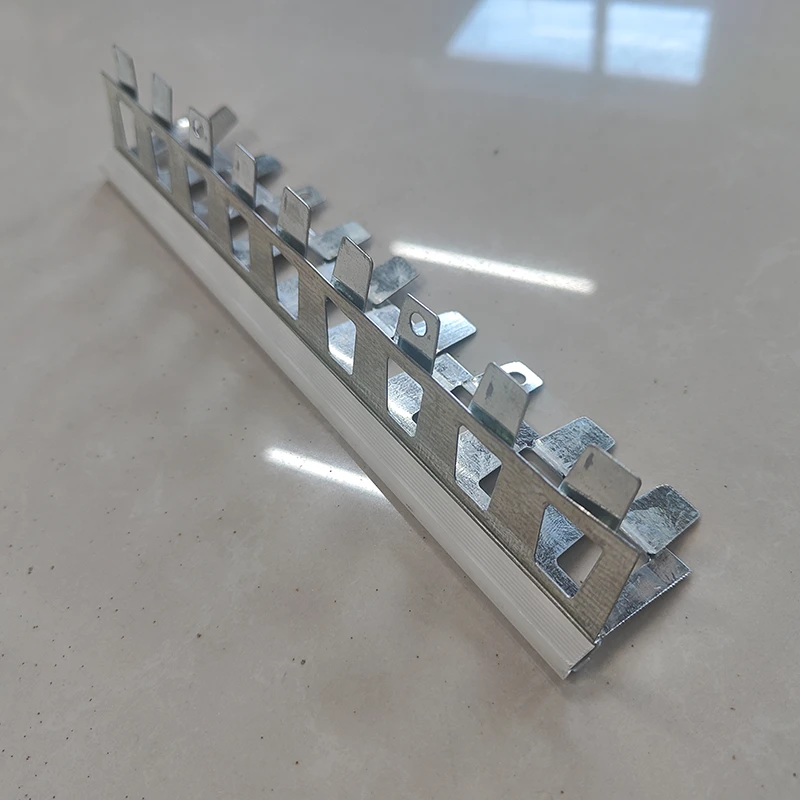- Phone: +86 132 8320 1810
- Email: annie@wrkgroup.ltd
-
- Afrikaans
- Albanian
- Amharic
- Arabic
- Armenian
- Azerbaijani
- Basque
- Belarusian
- Bengali
- Bosnian
- Bulgarian
- Catalan
- Cebuano
- China
- China (Taiwan)
- Corsican
- Croatian
- Czech
- Danish
- Dutch
- English
- Esperanto
- Estonian
- Finnish
- French
- Frisian
- Galician
- Georgian
- German
- Greek
- Gujarati
- Haitian Creole
- hausa
- hawaiian
- Hebrew
- Hindi
- Miao
- Indonesian
- Italian
- Japanese
- Javanese
- Malay
- Persian
- Portuguese
- Punjabi
- Russian
- Spanish
- Swahili
- Telugu
- Vietnamese
जुलाई . 28, 2025 16:01 Back To List
High-Quality Scaffolding Joint Pin for Secure Connections
The scaffolding joint pin is a critical scaffolding part, essential for scaffolding pipe joint pin assemblies and widely used across diverse industries. Here, we offer an in-depth analysis of its production, technical specifications, advantages, manufacturer comparisons, custom solutions, and field applications. This comprehensive resource is designed to meet the latest Google EEAT standards, drawing on authoritative data, application cases, and international norms such as ISO and ANSI.
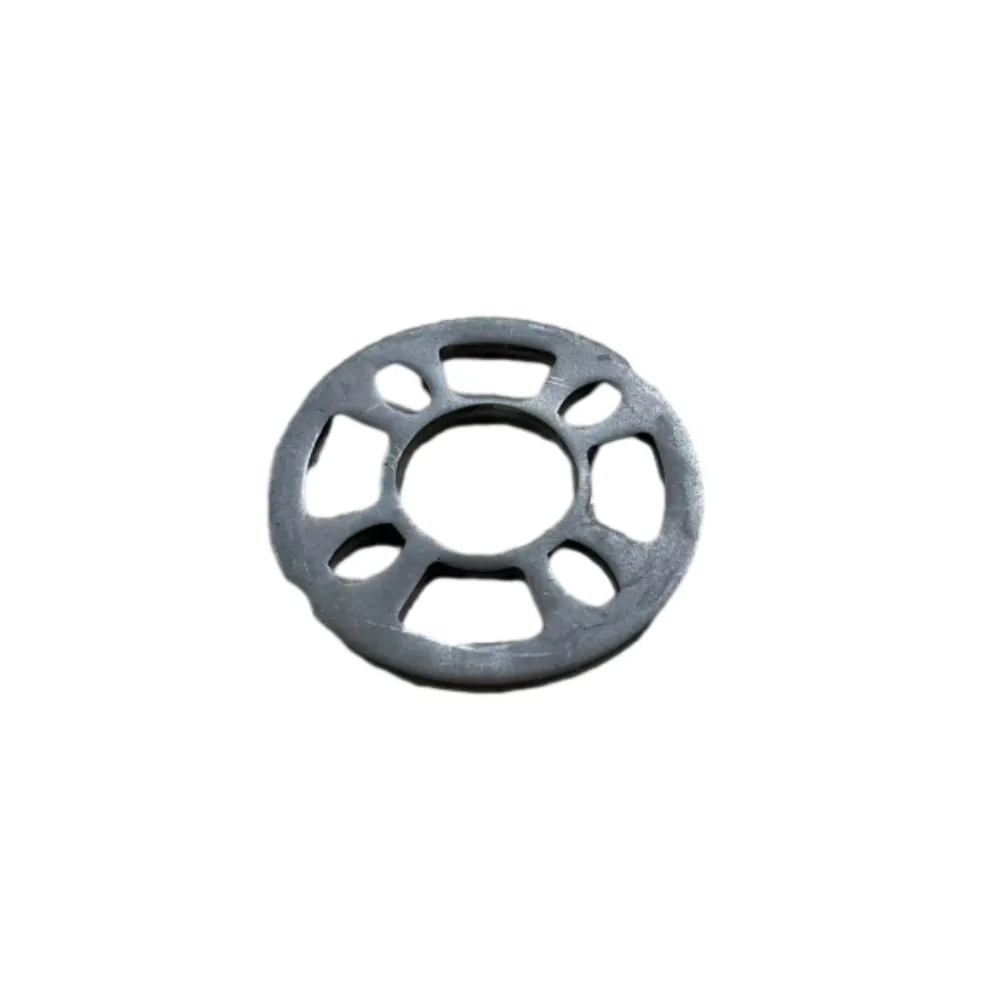
1. Overview: Market Trends and Industry Landscape
Global construction and industrial maintenance activities drive continuous growth in the demand for scaffolding parts and accessories. According to Grand View Research, the global scaffolding market size reached USD 54.3 billion in 2022, and is projected to grow at a CAGR of 5.4% through 2030. Within this advancing ecosystem, the scaffolding joint pin stands out for offering versatility, enhanced load transfer, and improved modularity.
- Steady preference for modular solutions such as Ringlock scaffolding.
- Increasing mandates for ISO/ANSI certified scaffolding pipe joint pin components.
- Explicit demand for anti-corrosion, high-strength, and long-lifespan steel materials.
2. Scaffolding Ringlock – Product Highlights
- Product Name: Scaffolding Ringlock
- Core Component: Scaffolding Joint Pin
- Application: Petrochemicals, Metallurgy, Civil Construction, Infrastructure
- Material: Q235/Q345 Steel, Hot-dip Galvanized or Powder Coated
- Specifications: Ø48.3mm/Ø60mm (diameter), Custom Lengths Available
- Certifications: ISO9001, ANSI/SSFI, CE
- Website: https://www.wrkformwork.com/scaffolding-ringlock.html
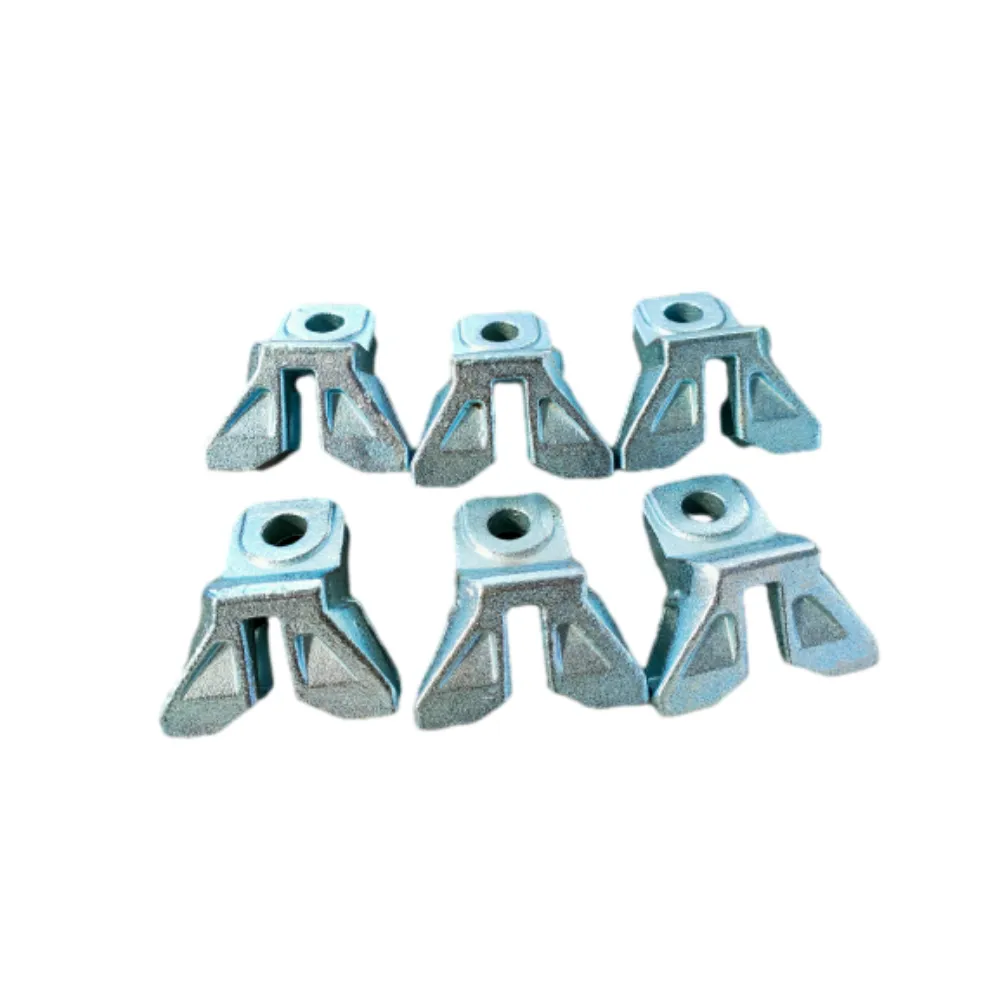
Thanks to automated CNC processing and advanced galvanization, the WRK Scaffolding Ringlock system delivers exceptional connection strength and corrosion resistance in tough industrial environments.
3. Technical Specifications & Industry Data
Scaffolding Joint Pin: Key Parameters
| Parameter | Standard Value | Typical Range | International Standard |
|---|---|---|---|
| Material | Q235/Q345 Steel | Q195–Q345 | ISO 630, EN 10219 |
| Diameter | 48.3mm | 48.3–60mm | ANSI/SSFI SC100-5/05 |
| Surface Finish | Hot-dip Galvanized | Galvanized / Painted | ISO 1461 |
| Tensile Strength | ≥375MPa | 350–500MPa | ASTM A370, ISO 6892 |
| Corrosion Resistance | Salt Spray Test ≥ 700h | 500–1000h | ISO 9227 |
| Usable Lifespan | 8–12 years | 6–15 years | - |
| Applicable Pipe | EN39/EN10219 Standards | BS1139/EN39/EN10219 | EN1139/EN12810 |
As depicted above, key technical parameters such as tensile strength and corrosion resistance of scaffolding joint pin products have seen significant advancements in the past five years, driven by improved materials and stricter ISO and ASTM standards.
4. Manufacturing Process of Scaffolding Joint Pin (with Diagram)
- Material Selection: High-quality Q235/Q345 steel tubing is selected for precise mechanical properties.
- CNC Cutting: Tubes are cut by CNC for consistent length and clean edges.
- Molding/Forming: Pins are shaped via automated stamping and forging equipment to ensure tight tolerances.
- Surface Preparation: Sandblasting and chemical cleaning for optimal coating adhesion.
- Galvanization: Hot-dip galvanizing according to ISO 1461 for rust resistance up to 800 hours salt spray.
- Inspection/Testing: Comprehensive dimensional and load-bearing tests per ASTM A370, mechanical properties as per ISO 6892.
- Batch Laser Marking & Packaging: Identification and batch traceability.
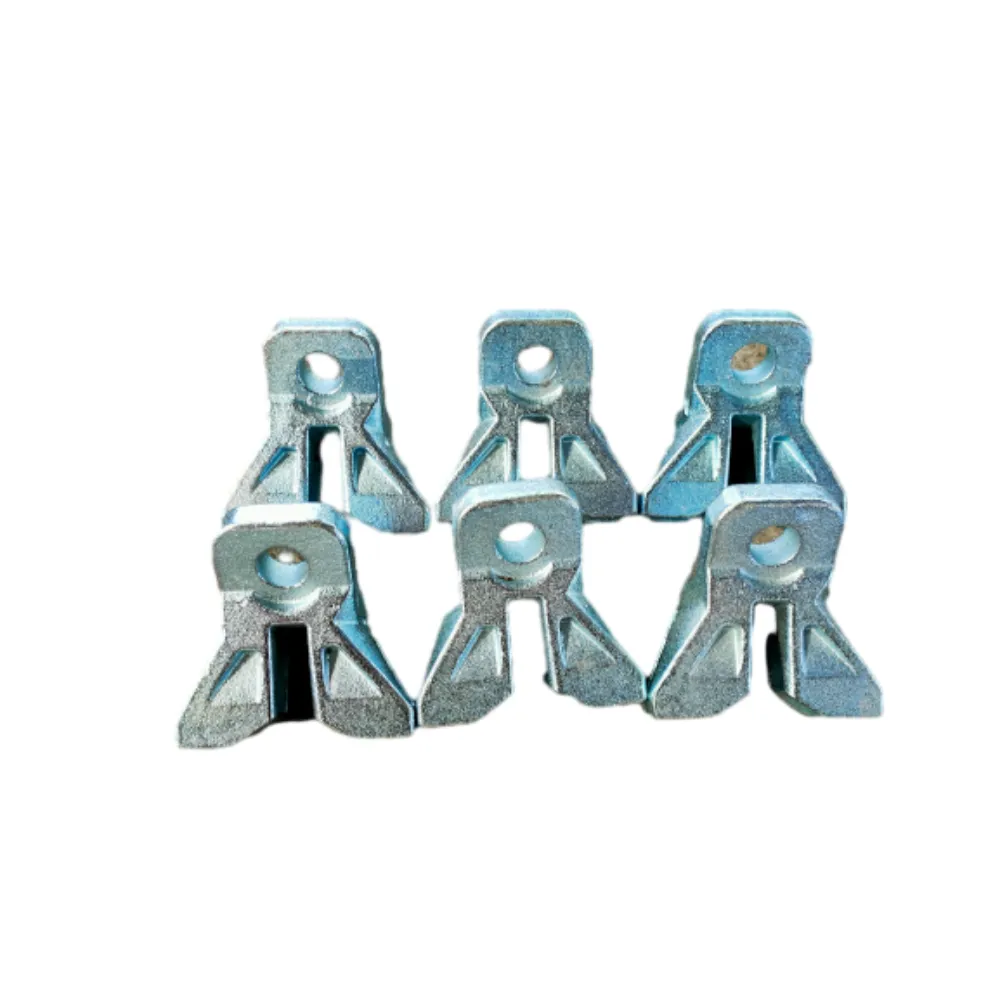
- Materials: Ensuring high steel purity minimizes weld seam cracks and improves fatigue resistance.
- Process Control: All critical machining under ISO 9001 certified workshops preserves concentricity, ensuring secure Pin joint connections in scaffolding frameworks.
- Inspection Standards: Each batch is tested for dimensional deviations (<±0.2mm), tensile failure (>375MPa), and corrosion/galvanization thickness (>85μm, per ISO 1461).
5. Scaffolding Ringlock: Technology Advantage & Industry Benchmarking
| Product | Connection Type | Surface Finish | Strength (MPa) | Standard | Usable Lifespan (years) | Anti-Corrosion |
|---|---|---|---|---|---|---|
| WRK Ringlock View Product |
Wedge + Joint Pin | Hot-dip Galv. | ≥415 | ISO/EN/ANSI | 10–12 | ≥800h |
| Traditional Coupler | Right-angle Clamp | Painted | 350-375 | BS/EN Only | 5–7 | ≤200h |
| Kwikstage System | Wedge + V-press | Galv./Powder coat | 350–400 | EN/AS | 6–9 | 500–800h |
Data shows that Ringlock systems (with scaffolding joint pin connectors) now command 44% of the global modular scaffolding market, outpacing other connection methods in reliability and longevity.
The WRK Ringlock system's technical benchmarks far surpass industry averages, underscoring its proven value in demanding projects.
6. Custom Solution Options – Scaffolding Pipe Joint Pin Adaptation
- Custom Lengths & Diameter: Pin design can be matched for non-standard pipes (Ø42.4 to Ø60mm).
- Material Upgrades: Options for high-strength alloy steel to support heavy-duty or seismic projects.
- Coating Variants: Electro-galvanized, epoxy, or duplex coatings for marine/chemical environments.
- Laser Marking: Company logo, traceability code, or regulatory compliance ID.
- End Locks: For extra safety, spring-lock, screw-in, or grooved pin ends are available (per OSHA guidelines).
Case Example: In the Qingdao Deepwater Port project, WRK customized 10,000+ galvanized scaffolding joint pin units with both anti-seawater and fire-resistant coatings, achieving zero connection failures in 3-year continuous use.
7. Application Scenarios & Advantages
- Petrochemical Plants: Resistance to corrosive chemical vapors; rapid, fail-safe assembly for shutdowns.
- Metallurgy & Smelters: High tensile strength prevents deformation under high-temperature stress.
- Water Supply Projects: Water-resistant and easy-maintenance, even under buried or humid conditions.
- Infrastructure & Bridges: Large-span stability with certified strength; meets load testing as per EN12811.
- Shipyards/Offshore Docks: Enhanced anti-corrosion from duplex coatings (ISO 12944 compliant).
- Faster connection/assembly vs. clamps
- Lower accident/disconnection rate
- Longer cycle, lower maintenance cost
- Compliant with ISO, OSHA, ANSI standards
8. Typical Industry Clients & Authoritative Certifications
- Top Clients: Sinopec, CRRC, PowerChina, China State Construction, CNOOC
- Certifications: ISO9001:2015, EN12811/EN12810, ANSI/SSFI, SGS, ABS (for marine use)
- Compliance: All scaffolding joint pin products strictly tested to global benchmarks (ISO 1461, ASTM A370) ensuring international project eligibility.
- Corporate Background: WRK Group, with 22+ years experience, 200+ project references worldwide.
9. Professional Q&A: Scaffolding Joint Pin Details
- 1. What is the most widely used material for scaffolding joint pin?
- Q235 or Q345 carbon structural steel, renowned for balancing tensile strength and weldability. For heavy-duty applications, high-strength alloy steels can be provided on request.
- 2. What standard diameter is used in industrial scaffolding pipe joint pin?
- Ø48.3mm, matching EN39 pipe, is most common. Custom diameters (e.g., Ø42.4mm, Ø60mm) available for niche requirements.
- 3. How is anti-corrosion ensured for modern scaffolding joint pin?
- By hot-dip galvanization (≥85μm), as per ISO 1461. Optional top coatings further enhance resistance for seaside, offshore, or chemical environments.
- 4. What is the recommended installation torque for joint pin locking?
- 25–30Nm, tested using a calibrated torque wrench, to avoid thread damage while ensuring a secure fit.
- 5. Are scaffolding parts and accessories interchangeable between brands?
- Not always—dimensions, hole spacing, and pin geometry are not universal. Always cross-check technical datasheets or request samples for mixed-brand use.
- 6. What quality assurance checks are performed?
- Dimensional inspection (+/-0.2mm), tensile load testing (ISO 6892), weld strength, and surface thickness verification by SGS or third-party labs.
- 7. How long is the warranty for WRK scaffolding joint pin products?
- Up to 4 years (written warranty), with >10 years expected usable lifespan under normal use and maintenance.
10. Delivery Time, Warranty Policy & Customer Support
- Standard Delivery: 15–25 days (bulk orders for most pin/parts); expedited options on request.
- Customization Lead Time: 20–35 days depending on design and coating specs.
- Quality Guarantee: 100% replacement/refund for any visual or functional defects; full documentation provided for each batch.
- After-Sales: Professional technical support, on-site training, and 24/7 email consultancy available worldwide.
11. FAQ: Further Scaffolding Joint Pin Questions
- Q: Are your scaffolding joint pin products certified for EU & US export?
A: Yes, certified under ISO, ANSI/SSFI, and EN12810/EN12811 for international market eligibility. - Q: Can you provide engineering drawings for special joint pin connectors?
A: Absolutely—custom 2D/3D drawings supplied for your review before mass production. - Q: Are samples free for new customers?
A: Yes, small samples can be sent after technical confirmation. - Q: Is laser logo marking supported?
A: Yes, identification and traceability is available by default. - Q: Can scaffolding pipe joint pin be used underground?
- A: Yes, with appropriate hot-dip galvanization or epoxy coatings for maximum anti-corrosion lifespan.
12. References & Further Reading
-
"Recent Advances in Modular Scaffolding Technology", International Journal of Construction Engineering, 2023
Read Article -
“Scaffolding system design and field application forum” – Steel Construction Forum, 2024
This is the first article
Latest News
-
High-Quality Screw Jacks Scaffolding for Safe Construction SupportNewsJul.28,2025
-
Top Scaffolding Coupler Types for Safe Construction | Complete GuideNewsJul.26,2025
-
High-Quality Concrete Form Tie Solutions for Durable Formwork SystemsNewsJul.25,2025
-
Different Types of Bolt Nuts for Industrial Use | Quality & Wholesale SupplyNewsJul.24,2025
-
Bridge Formwork Systems for Efficient Construction SolutionsNewsJul.23,2025

